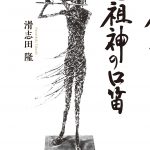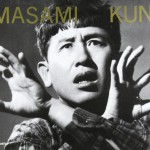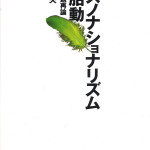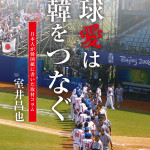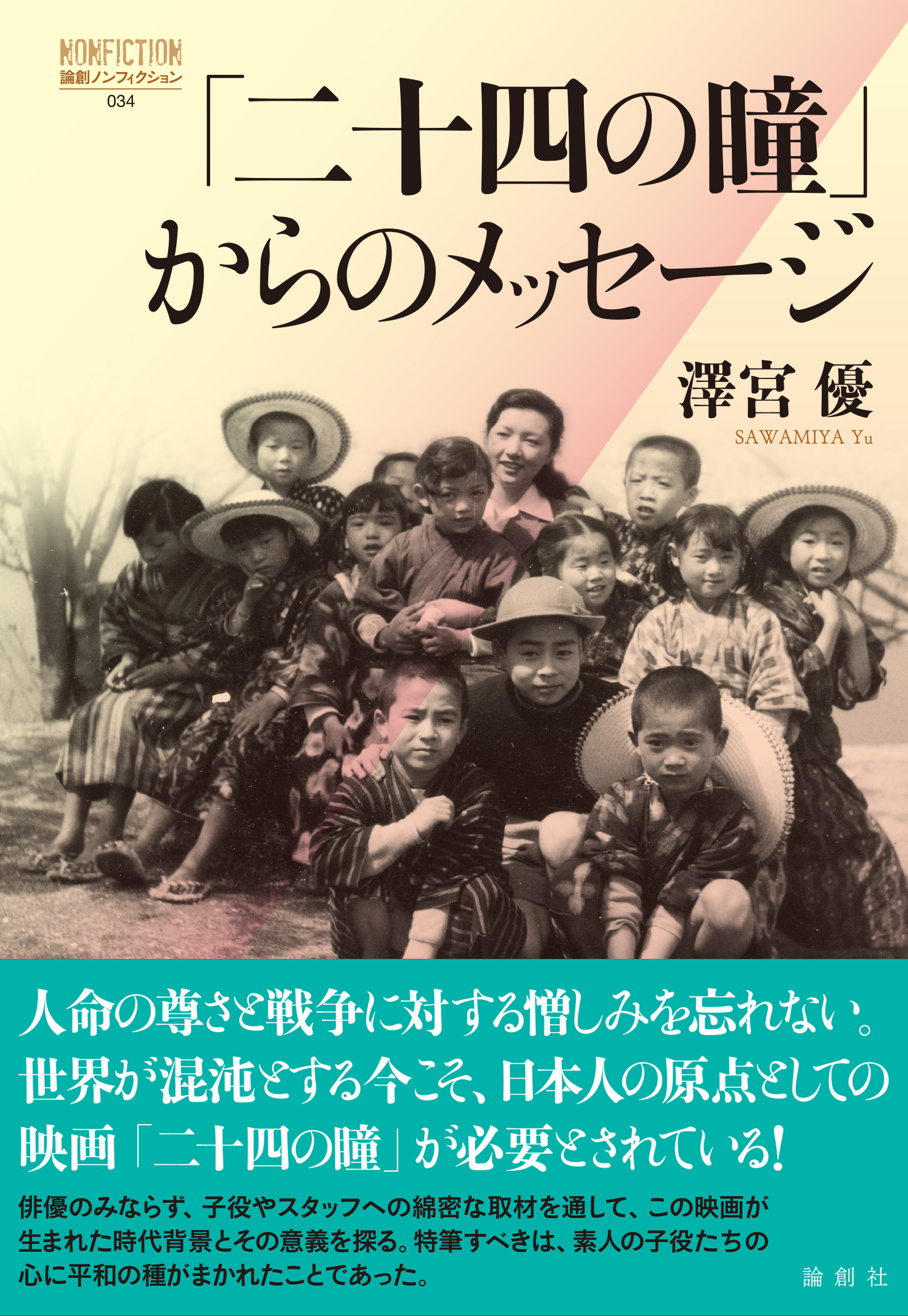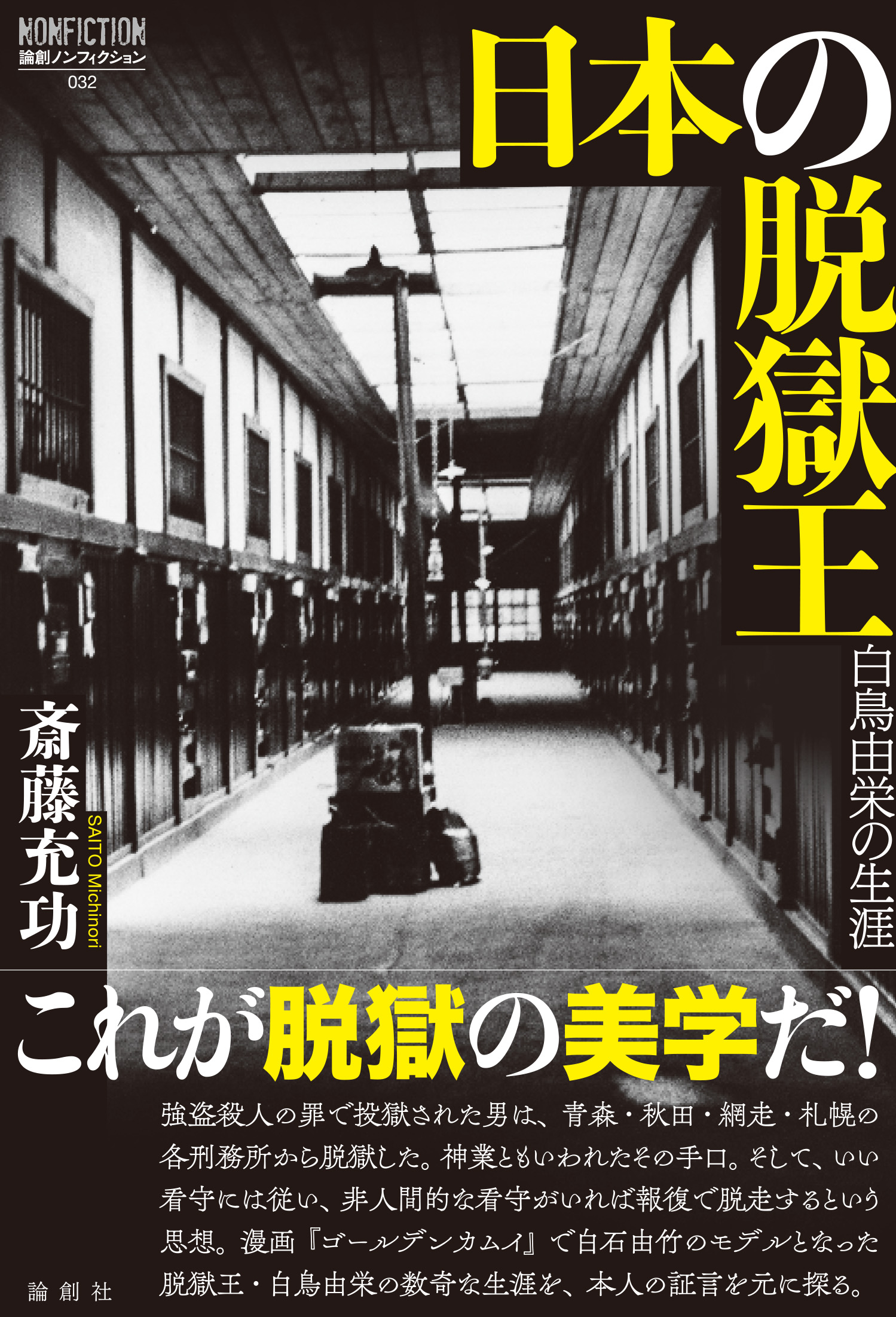- 2018-10-1
- お知らせ, 論創通信, The Nichiren Buddhism【ミステリーな日蓮 英訳版】
4. Kamakura rings with Nenbutsu
Hiroto Ema
Why could Nenbutsu, the chanting of Namu Amida Butsu, overcome the prohibition by the Imperial Court and Shogunate, and spread among the society of the Eastern warriors? I think there are three main reasons. First, the Pure Land sect became moderate. After the extreme Nenbutsu, which asserted Nenbutsu was only way to the Paradise and the Pure Land, lost momentum by repeated oppressions, a moderate doctrine which respected the doctrines of other sects and allowed various trainings gained strength. So it eliminated the rivalry with the existent forces of Buddhism, and Nenbutsu prevailed as one of the trainings which even the monks of other sects chanted.
Second, the atrocity of warriors relates with it. Warriors, who battled and killed as their duty, also fought with the fear of life after death. But the existent Buddhism, which required huge wealth and good education, was for the Imperial family and aristocrats, so it was difficult for the Eastern warriors, whose ability to read and write was so poor, to hail it. This situation was changed drastically by the belief in Nenbutsu.
Hell waits after death — One could be saved from this kind of fear by Nenbutsu. It requires neither special education nor wealth, and only by chanting Namu Amida Butsu, one would be guaranteed the Paradise. So it was natural the warriors became committed to this welcome doctrine. Furthermore, after Nenbutsu was hailed by those warriors, it must have been accepted by the lower classes of peasants and servants. For the first time, Buddhism which the commonalty could believe in appeared before the eyes of them. Thus, the rapid prevalence of the belief in Nenbutsu in eastern Japan coincided with the development of the society of warriors.
The third reason is the anxiety about era and society. After the end of Heian era (about 1052~), the era called “the Latter Day of the Law” was to start. It was believed that in the era of the Latter Day of the Law, the doctrine of Buddha would be lost and the society would be in turmoil. In Japanese, the confusion of society is often expressed as “the end of the world”, and the thought of the Latter Day of the Law has the same root. In fact, in those days, disasters such as bad weather and earthquake occurred frequently, and famines and plagues recurred very often. One could hardly escape from starvation or disease, the sight of hell where corpses decayed into white bones appeared before the eyes, and everyone could realize the coming of the Latter Day of the Law keenly. This is an important factor in the prevalence of Nenbutsu as a way of salvation.
October 1st 2018
Please let us know your feedback via e-mail(Next section will be released on November 1st).
Back Number → The Nichiren Buddhism
4.称名念仏に沸き返る鎌倉
江間浩人
朝廷や幕府の禁止令を超えて、なぜ、称名念仏は武家社会に広まっていったのか。理由は主に三つあると思います。一つは、浄土宗が穏健になったことです。念仏だけが唯一の往生の道であるとした過激な専修念仏が、度重なる弾圧で勢いを失い、代わって他宗の教えも尊重して、さまざまな修行も認める穏便な教えが浄土宗の主流となりました。これで、仏教界との争いはなくなり、称名念仏は、他宗の僧も唱える修行の一つとして広まっていきました。
もう一つは、武士の残虐な立場と関係しています。戦闘と殺人を勤めとする武士は、自身の死後の恐怖とも戦っていました。ところが、それまでの仏教は、莫大な財力と高い教養を前提として、天皇家や貴族の要望に応えるものだったので、漢文の読み書きさえおぼつかない東国の武家には、とても敷居の高いものでした。この状況を一変したのが念仏信仰です。
死んで地獄に堕ちる――この切実な恐怖を念仏が救ってくれるのです。特別な教養も、財力も必要なく、南無阿弥陀仏と声に出して称えるだけで、極楽往生を保証してくれるという有り難い教えに、武家がこぞって傾倒していったのは、とても自然なことでした。そして武家が信仰した念仏は、領内の農民・下人などの下層にまで広範に受け入れられていったに違いありません。庶民の眼前に、初めて自ら信仰できる仏教が現れたのです。東国における急速な念仏信仰の広まりは、このように武家社会の発展と軌を一にするものでした。
三つ目は、時代と社会に対する不安です。平安時代の末から、仏教では「末法」と呼ばれる時代に突入します。末法は、釈迦の教えが失われて世の中が乱れるとされた時代です。社会が荒廃することを「世も末」などと言いますが、これも「末法」から派生した言葉です。実際、この時代には天候不順や地震などの天災や、飢饉・疫病の流行も頻繁にありました。餓死・病死は逃れがたく、鎌倉には放置された死体が溢れていました。死体が腐乱して白骨になっていく地獄の世界は目の前に広がり、人々が末法の到来を肌で感じる時代でした。ここにも、念仏信仰が人々の救いとなって広まっていく要因があったのです。
—ご感想はお問い合わせメールまで(次回は11/1予定)—






